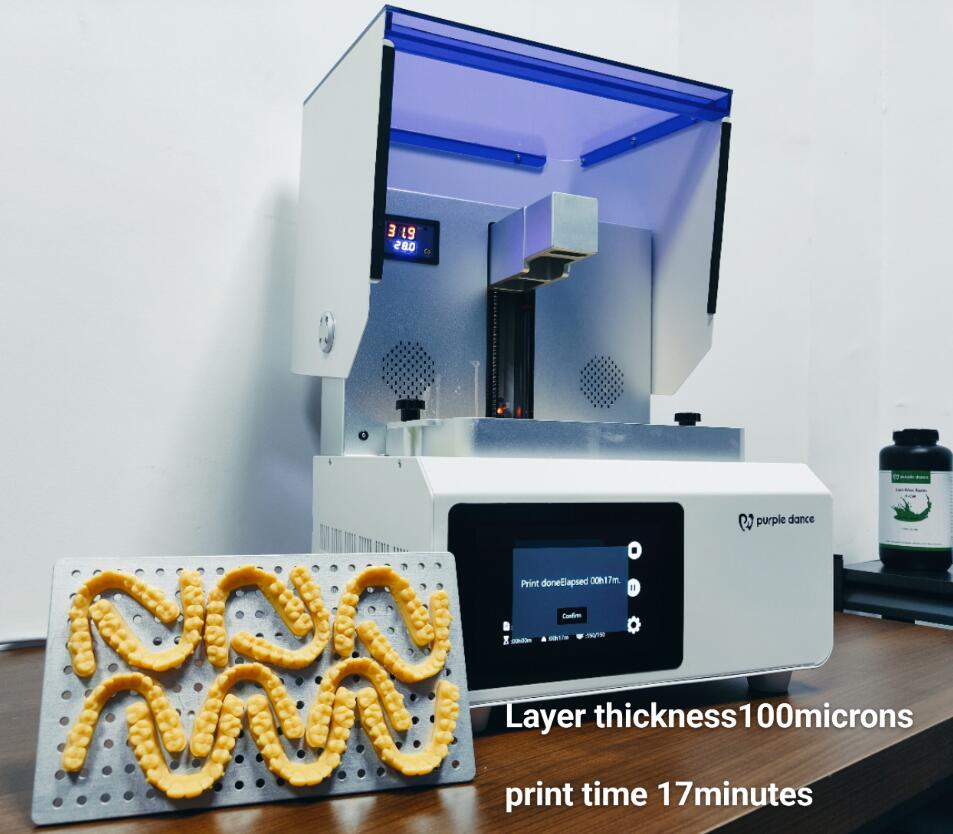In the dynamic landscape of modern dentistry, the integration of advanced technologies has paved the way for unprecedented innovations. Among these, dental 3D printing stands out as a transformative force, revolutionizing various aspects of oral healthcare. In this comprehensive guide, we delve into the key terms and technologies shaping the realm of dental 3D printing.
Digital Dentistry and CAD/CAM Integration
The Foundation: Dental CAD and CAM
Digital dentistry forms the cornerstone of the 3D printing revolution. Computer-Aided Design (CAD) and Computer-Aided Manufacturing (CAM) technologies enable dental professionals to design and produce intricate dental components with unparalleled precision. This digital approach enhances workflow efficiency and accuracy.
Intraoral 3D Scanning: Capturing Precision
Beyond Impressions
Intraoral 3D scanning has transformed the traditional dental impression process. By capturing detailed digital impressions of patients' teeth and oral structures, 3D scanning enhances the accuracy of dental models, laying the groundwork for precise 3D printing applications.
Dental Additive Manufacturing and Resin 3D Printing
Crafting the Future
Dental additive manufacturing, often synonymous with 3D printing, utilizes various technologies to build dental structures layer by layer. Resin 3D printers designed for dentistry play a pivotal role, utilizing biocompatible materials to create intricate and durable dental components.
Applications in Dentistry
From Orthodontics to Implants
Orthodontic 3D printing has ushered in a new era of customized aligners and orthodontic devices. Crown and bridge 3D printing, as well as dental implant 3D printing, ensure precise and tailored solutions for each patient. Digital denture printing further enhances the efficiency of creating removable dental appliances.
Materials Revolution: Biocompatible 3D Printing
Ensuring Compatibility
The selection of materials is crucial in dental 3D printing. Biocompatible 3D printing materials guarantee that the produced dental components are safe for use in the human body. This focus on material science ensures the longevity and safety of dental prosthetics and implants.
Precision and Accuracy
High-Precision Dental Printing
Advancements in technology have led to high-precision dental printing, where layer resolution in dental 3D printing is optimized for intricate details. Custom abutment 3D printing and restorative dentistry technology exemplify this commitment to precision.
Advancements and Trends
Innovations Shaping the Industry
Dental industry innovations encompass a range of advancements, including open-source dental 3D printers and affordable dental 3D printers. Chairside 3D printing is becoming increasingly popular, allowing dental professionals to produce restorations in-office, reducing turnaround times and enhancing patient experiences.
Looking to the Future
Beyond the Basics
The future of dental 3D printing holds exciting possibilities. From dental bioprinting to digital impression technology, the field is continuously evolving. Dental laboratories are embracing automation, and the industry is witnessing advancements in resin curing methods and post-processing techniques.
Staying Informed: Conferences and Research
Keeping Pace with Change
Dental technology conferences and research initiatives play a vital role in keeping professionals abreast of the latest developments. As additive manufacturing gains prominence, dental research in additive manufacturing remains at the forefront of driving innovation.
Conclusion
Dental 3D printing is reshaping the landscape of modern dentistry, offering unprecedented precision, customization, and efficiency. As the technology continues to evolve, dental professionals, researchers, and industry leaders must stay informed about the latest trends and innovations to provide optimal patient care in this dynamic and rapidly advancing field.

